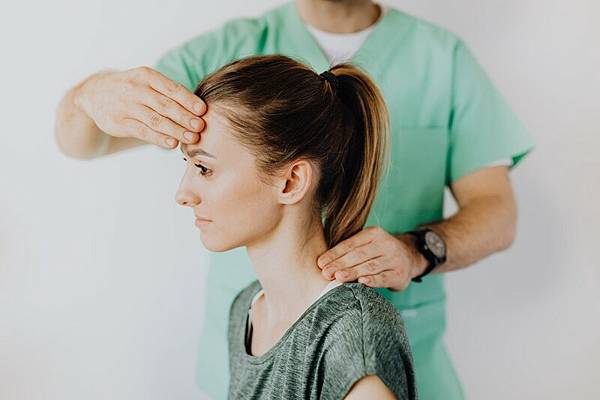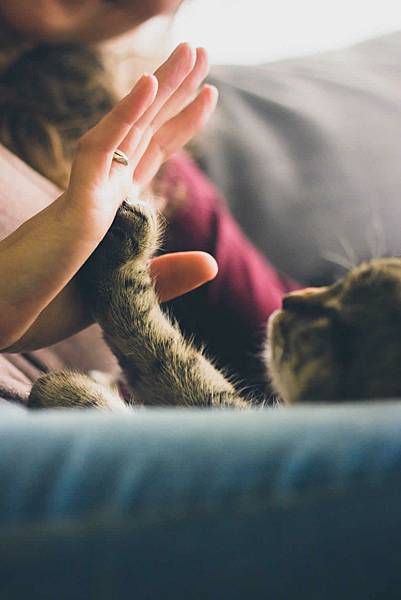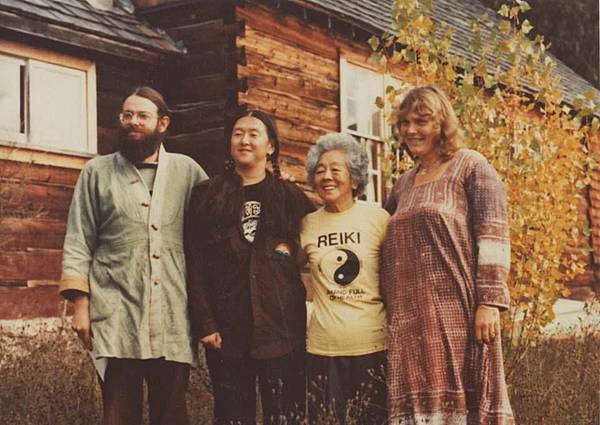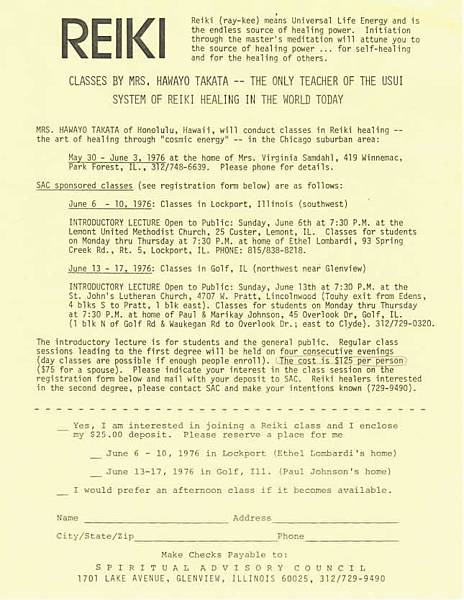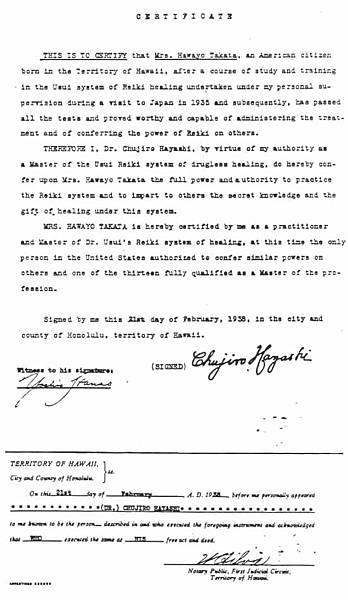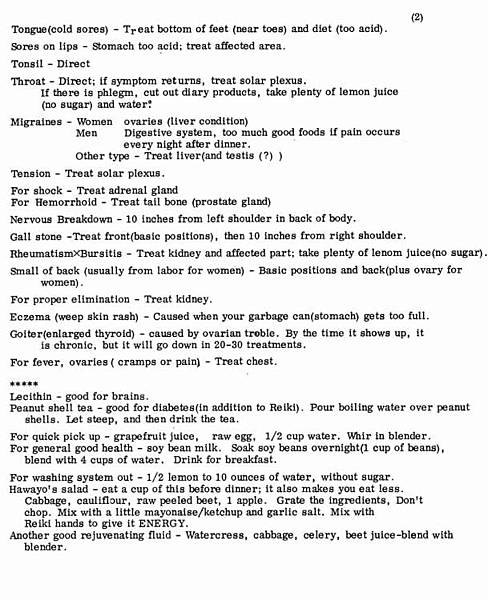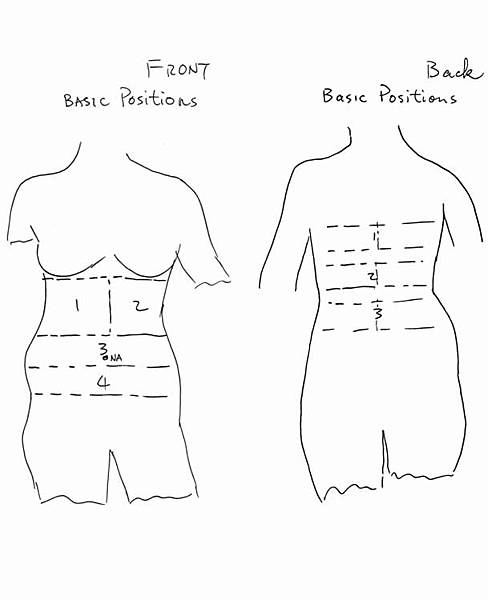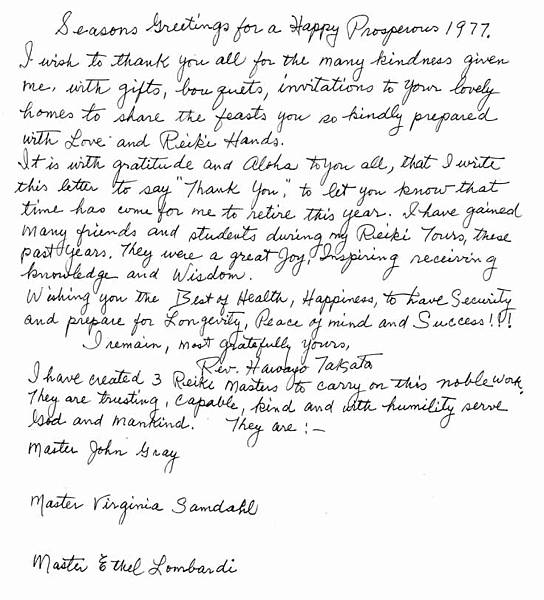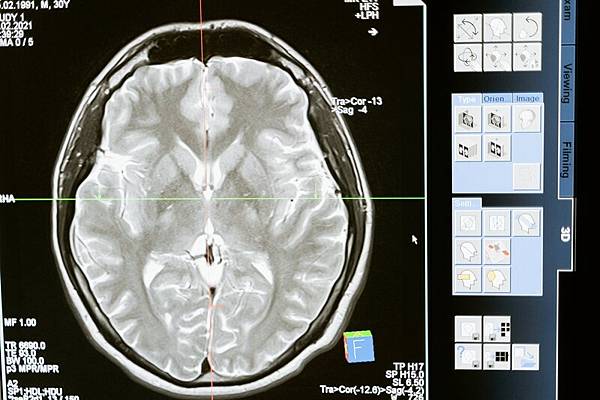
靈氣讓腦損傷患者有很大的不同 Reiki for Brain Trauma Makes a Big Difference
作者:當.弗萊明(Dawn Fleming)
今年年初,我有機會為我的第一個因跌倒而遭受腦外傷的客戶服務。這是一次了不起的經歷,我稍後會談到。與這位客戶一起工作為我與其他腦外傷患者一起合作開闢了其他的許多機會。我真的從來沒有想過腦外傷有這麼多種可能的發生方式,或應該如何使用靈氣來幫助這些不同類型的腦外傷患者。
我從與腦外傷的客戶一起工作中學到的是,很多時候他們看起來很正常,好像什麼都沒發生過一樣。但是當他們開始給你列出自己的問題時,你會驚訝於他們是如何運作的。腦外傷可能由跌倒、事故、藥物濫用、中風、手術、頭部撞擊、運動損傷、感染、溺水和爆炸(軍人)所引起。
我的第一個腦外傷客戶南希曾兩次摔倒,頭部撞在浴室地板上。醫生告訴她,需要在黑暗的房間裡躺個 200 天,她甚至可能會開始感覺好一點,恢復部分的功能性。然後可能需要 6 個月到 2 年或更長時間才能完全癒合。她的腦部創傷導致失眠、注意力不集中、平衡問題、眼睛和頸部會劇烈疼痛、疲勞、對光敏感和嚴重頭痛。南希無法駕駛、清潔、思考或運作。她在黑暗中躺了 7 週後給我打電話。我在一個月內做了 10 次治療。第一次治療結束後,她就睡著了。第三次治療後,她的疼痛程度下降了,她的眼睛也能集中注意力。她可以和女兒出去吃午飯。 10個療程後,她又恢復了摔倒前的生活。她感覺好了將近90%。
我接下來的兩個腦外傷客戶都出過車禍。阿黛爾聯繫我是因為她的康復狀態在兩年後停滯不前,使她無法回去工作。她曾在電腦前工作,屏幕發出的光線傷害了她的眼睛,讓她感到頭疼和噁心。阿黛爾一直很活躍,但戶外活動也會引發頭痛并讓她感到噁心。 阿黛爾也是一名靈氣研習者,但希望其他人使用靈氣幫助她。經過幾次靈氣治療後,阿黛爾再次開始了兼職的工作,她可以在電腦前工作半天。她說沒有感到頭痛。又經過了幾次治療,她又開始騎自行車和跑步。有時,如果她過度勞累了,她會在此之後感覺到她需要更多的治療,但她真的相信靈氣正在幫助她重返新生活。
我最近開始與之合作的另一個車禍客戶,他的頭頂縫了很多針。他的創傷導致內出血、疼痛、混亂、激動和抑鬱。當醫務人員告訴他他有腦外傷時,他否認了這一點。他的母親問他是否願意接受靈氣。由於他還有其他一些傷病,所以他同意接受靈氣。在康復後的六週內,醫生在進行腦部掃描和測試後指出,他的大腦癒合得很好。我們正在繼續治療的流程。
我正在與之合作的另一位客戶因七年的藥物濫用而遭受腦外傷。她已經戒毒3年了。我們正在使用靈氣來治愈她的大腦、思想和身體。她的眼睛有神經炎,她的神經在她身體的不同部位被刺激活化,她有抑鬱和疲勞。當我對她進行治療時,我會治療她的整個身體。濫用藥物不僅使她的大腦陷入混亂。第一次治療後,她打電話告訴我,自從她開始吸毒以來,她第一次感覺這麼好。她問這種感覺是否會永久下去。自第一次治療以來,隨著我們繼續使用靈氣使她的身心恢復平衡,這種美好的感覺就會不斷出現。
很久以前,一位同為靈氣大師的人,腦中的一個動脈瘤爆裂了。她的女兒,也是靈氣大師,打電話給我,問我是否可以協助告訴所有靈氣社群的其他人,並立即發送靈氣。這是在社交媒體盛行之前。我給 700位靈氣大師們發了一封電子郵件。她的女兒回報說,她的母親在動脈瘤破裂後倖存下來。統計顯示,40% 的破裂動脈瘤是致命的。在那些倖存下來的人中,有 66% 患有永久性的神經功能缺損。而她的母親挺過來了,很快就痊癒了。她每天都在接受大量的遠距靈氣。當她可以和我們談論她的經歷時,她說有時她可以感覺到靈氣的波浪每天流向她並穿過她。醫生對她的康復感到驚訝,並指出由於破裂的大小和位置,她仍然和我們在一起真是一個奇蹟。
與大腦有創傷的人一起工作時,您可能會遇到很多問題如:傷口縫合、發炎、平衡問題、頭痛、噁心、記憶問題、身體虛弱、對光敏感、失去協調、混亂、注意力不集中以及抑鬱等問題。很多時候,醫生可以給予藥物來幫助治療炎症,可以縫合已經打開的區域,但很多時候他們依靠時間和身體來自我癒合。這可能是一個非常緩慢的過程,且沒有任何保證。
我發現靈氣有助於消除能量瘀塊,恢復失去的能量,減輕疼痛,並促進受創區域加速癒合過程。我還發現,最初的第一次和第二次治療可以幫助來訪者擺脫絕望、絕望和沮喪的狀態,讓他們對未來充滿希望和光明。積極的態度總是有助於加速癒合過程。我還相信,您越早對發生腦外傷的人進行治療,靈氣的影響就會對他們的康復過程產生重大影響。
當.弗萊明(Dawn Fleming)是著名的能量療法專家、並擁有臼井靈氣和 Karuna 靈氣大師、Medical Intuitive和 Marconics治療師的資格。 自 1989 年以來,她一直在靈氣/能量領域工作。 Dawn 於 2001 年辭去了位於政府的工作,將她的兼職靈氣治療發展為全職。 她幫助客戶解開為何他們在身體、情感和精神上無法得到他們想要的結果的謎團。 她專注於能量治療的相關挑戰,包括:COVID-19、生育問題、癌症、眼部問題、腦外傷和消化問題。 Dawn 的客戶遍布全球。 她也是許多關於靈氣和脈輪的書籍的作者。 她的網站是 www.energytransformations.org
延伸閱讀:
《靈氣醫療在臨床中正在興起》
《靈氣對急性冠心病患 (ACS)自律神經的影響 》
《能量醫學對手部疼痛的治療研究》
《靈氣在醫學上的臨床實踐研究》
《靈氣對子宮切除術後疼痛與焦慮研究》
《靈氣在醫療上的科學實驗證據》
Reiki for Brain Trauma Makes a Big Difference
Article by Dawn Fleming
At the beginning of this year, I had the opportunity to work on my first client that had brain trauma from a fall. It was an amazing experience that I will talk about in a bit. Working with this client opened up many other opportunities to work with others who have brain trauma. I really never thought about the many ways that brain trauma can occur or how Reiki could be used to help all of these different types of brain trauma.
What I learned from working with clients with brain trauma is a lot of the time they look normal as if nothing has happened to them. But when they begin to give you the list of issues, you are amazed at how they can function. Brain trauma can be caused by falls, accidents, substance abuse, strokes, surgery, blows to the head, sports injuries, infections, drowning, and being near explosions (military personnel).
My first brain trauma client Nancy had fallen twice and hit her head on the bathroom floor. The doctors told her that it would take up to 200 days laying in a dark room before she might even begin to feel a little better and be somewhat functional. And then it might take 6 months to 2 years or more to be completely healed. Her trauma had caused insomnia, focusing issues, balance issues, severe pain in her eyes and neck, fatigue, sensitivity to light, and severe headaches. Nancy could not drive, clean, think or function. She called me after 7 weeks laying in the dark. I did 10 sessions in one month. After the first session, she slept. After the third session, her pain levels dropped and her eyes were focusing. She went out to lunch with her daughter. After 10 sessions, she resumed the life that she had before the fall. She felt 90 percent better.
Reiki for Brain Trauma Makes a Big Difference
My next two clients with brain trauma had been in car accidents. Adele contacted me because her healing had stalled after two years’ time and she was not able to go back to work. She had worked on the computer and the light from the screen hurt her eyes and gave her terrible headaches and nausea. Adele had been very active, but outdoor activity would also spark headaches and make her feel nauseous. Adele was a Reiki practitioner as well but wanted someone else to help her with Reiki. After a few Reiki sessions, Adele began working again part-time, half days on her computer. She said there were no headaches. After a few more sessions she began riding her bike and running again. Sometimes if she overdoes it she feels it later. She has more healing that is needed, yet she really believes that Reiki is helping her to return to a new life.
The other car accident client that I recently began working with, had many stitches over the top of his head. His trauma caused internal bleeding, pain, confusion, agitation, and depression. When the medical staff told him he had brain trauma he is in denial about it. His mother asked him if he would be open to receiving Reiki. He had a number of other injuries as well so he agreed to receive the Reiki. Within six weeks of being in rehab, the doctors noted, after doing brain scans and testing, that his brain was healing quite well. We are continuing sessions.
Another client that I am working with has brain trauma from seven years of drug abuse. She has been drug-free for 3 years. We are working with Reiki to heal her brain, mind, and body. She has neuritis in her eyes, her nerves are firing in different places in her body, and she had depression and fatigue. When I do sessions on her, I work on her whole body. The drug abuse messed up more than just her brain. After the first session, she called to tell me that she felt so good for the first time since before she started drugs. She asked if this feeling would be permanent. Since the first session that feeling comes and goes as we continue to use Reiki to bring her body and mind back into balance.
A long time ago, a fellow Reiki Master had a brain aneurysm burst in her brain. Her daughter, a Reiki Master as well, called me and asked if I would get the word out to the rest of the Reiki community to send Reiki right away. This was before social media. I sent out an email to 700 Reiki Masters. Her daughter reported back that her mother survived the ruptured aneurysm. Statistics show that 40% of ruptured aneurysms are fatal. Of those that survive 66% suffer a permanent neurological deficit. Her mother pulled through and healed quickly. She was receiving a lot of distance Reiki on a daily basis. When she could talk to us about her experience, she said that at times she could feel waves of Reiki flowing to her and through her each day. The doctors were surprised with her recovery and noted that it was a miracle that she was still with us because of the size and location of the rupture.
When working with someone with trauma to the brain, you may be dealing with stitches, inflammation, balance issues, headaches, nausea, memory issues, body weakness, sensitivity to light, loss of coordination, confusion, loss of concentration, along with depression just to name a few. A lot of times the doctors can give medication to help with the inflammation can stitch up the areas that have been opened, but a lot of the time they rely on time and the body to heal itself. This can be a very slow process with no guarantees.
I have found that Reiki helps to remove the energy blocks, restore diminished energy, reduce pain, and give the traumatized areas a boost to accelerate the healing process. I have also found that the initial first and second sessions help the client move out of the state of despair, hopelessness, and depression into feeling hopeful and feeling brighter about their future. A positive attitude will always help to accelerate the healing process. I also believe that the sooner you can work on someone that has brain trauma after it has occurred, the impact of Reiki can make a big difference in their healing process.
Dawn Fleming is a renowned Energy Expert, Usui and Karuna Reiki Master, Medical Intuitive and Marconics Practitioner. She has been working in the field of Reiki/Energy modalities since 1989. Dawn quit her government job in 2001 to grow her part-time Reiki practice to full time. Dawn helps clients to unravel the mystery of why they are not getting the results that they want, physically, emotionally and spiritual. She specializes in energy challenges that include: COVID-19, fertility issues, cancer, eye issues, brain trauma, and digestive issues. Dawn has clients world-wide. She is the author of many books on Reiki and Chakras. Her website is www.energytransformations.org
